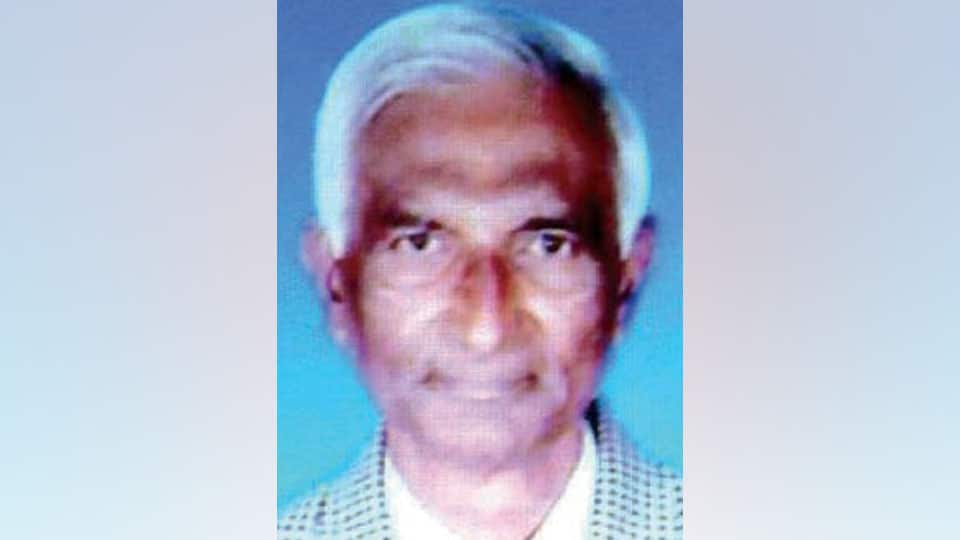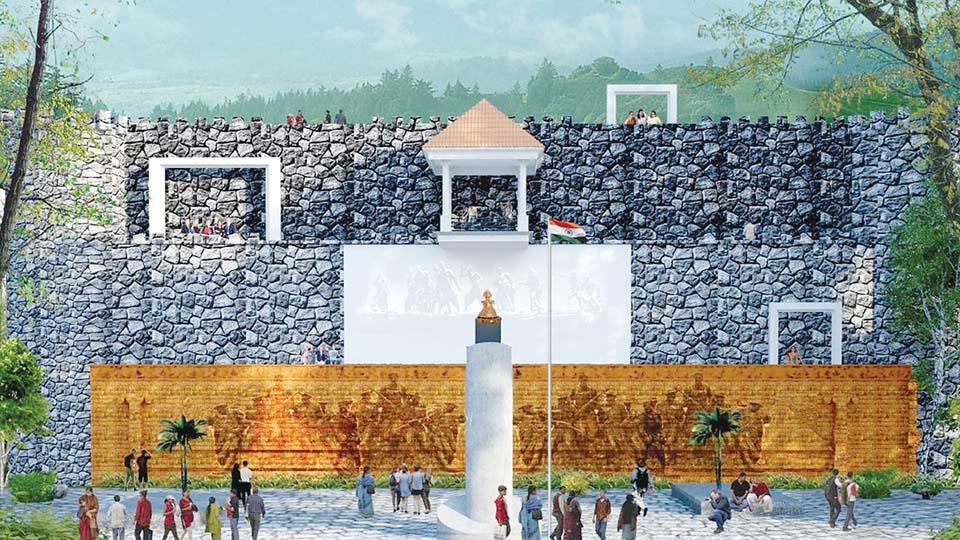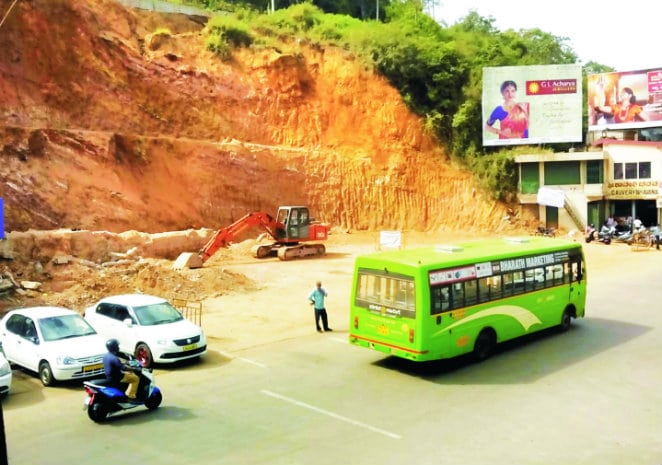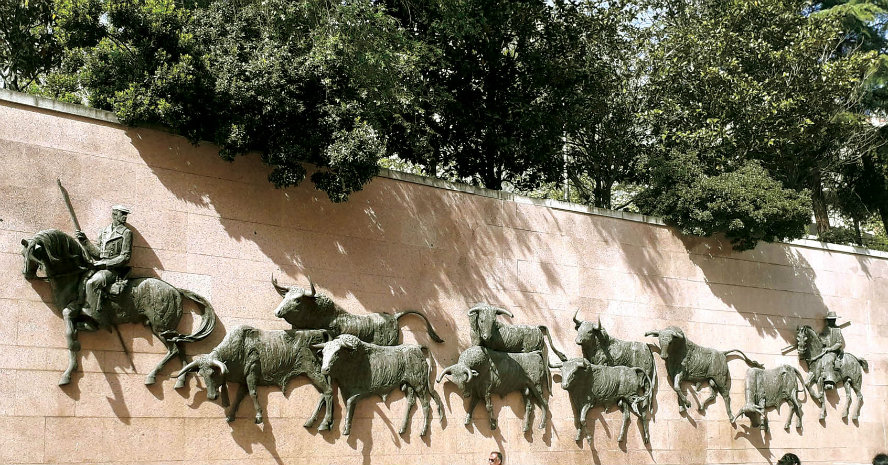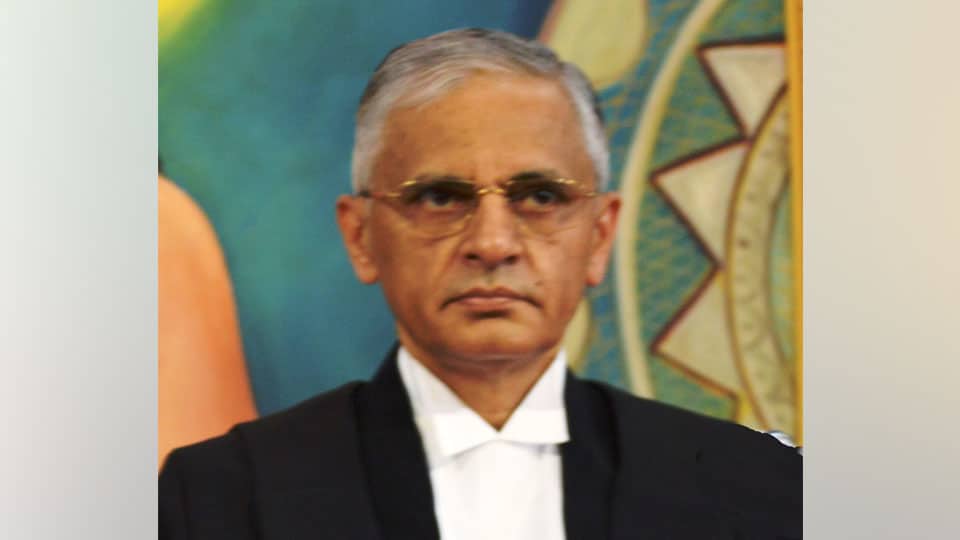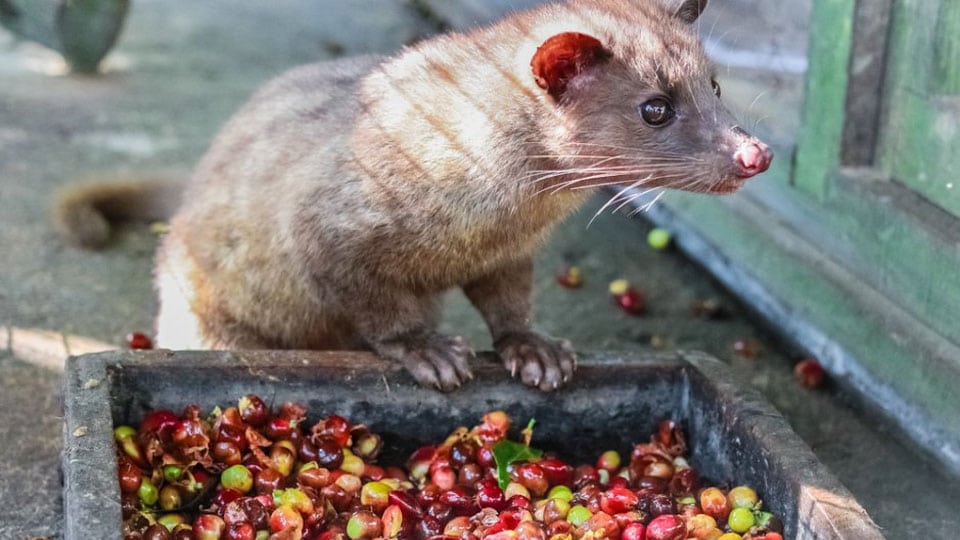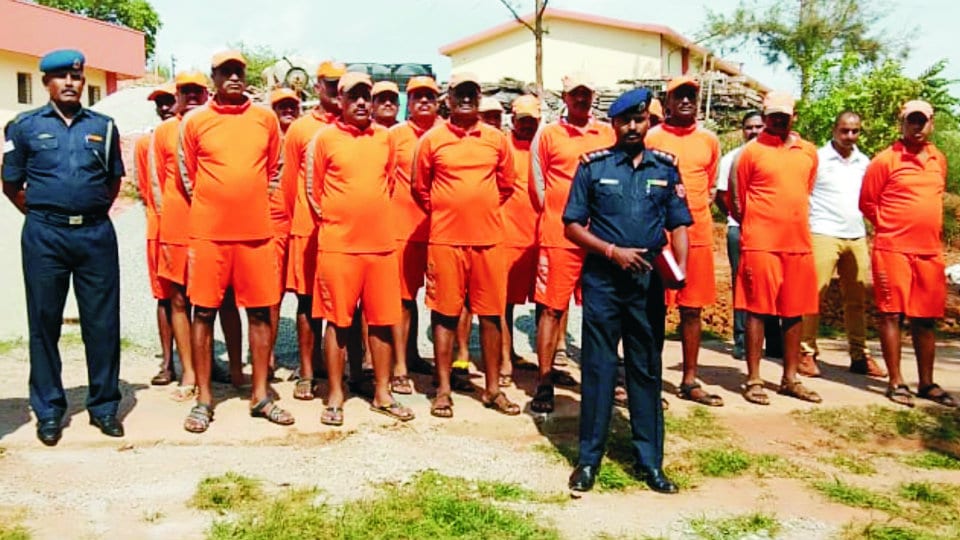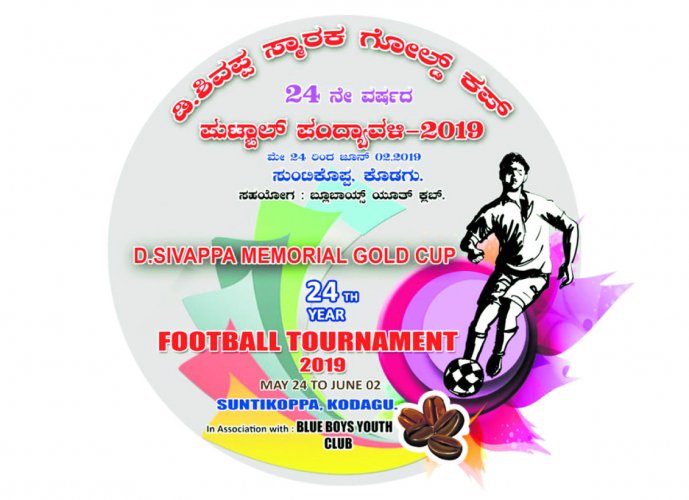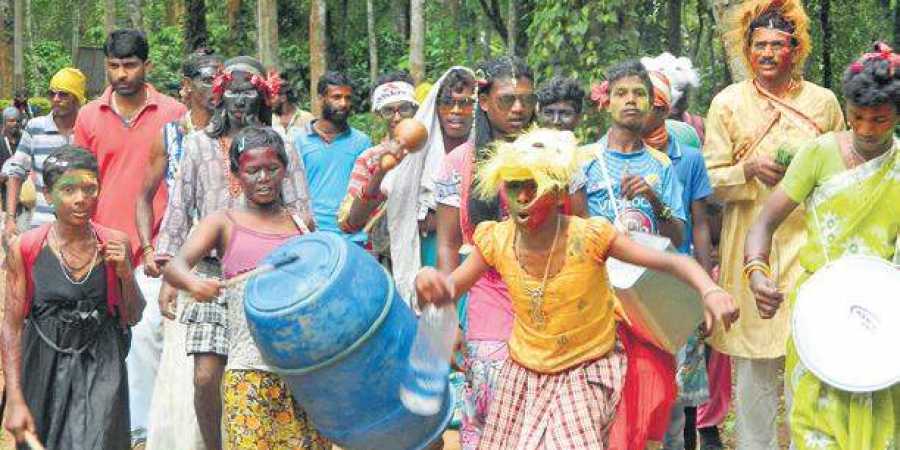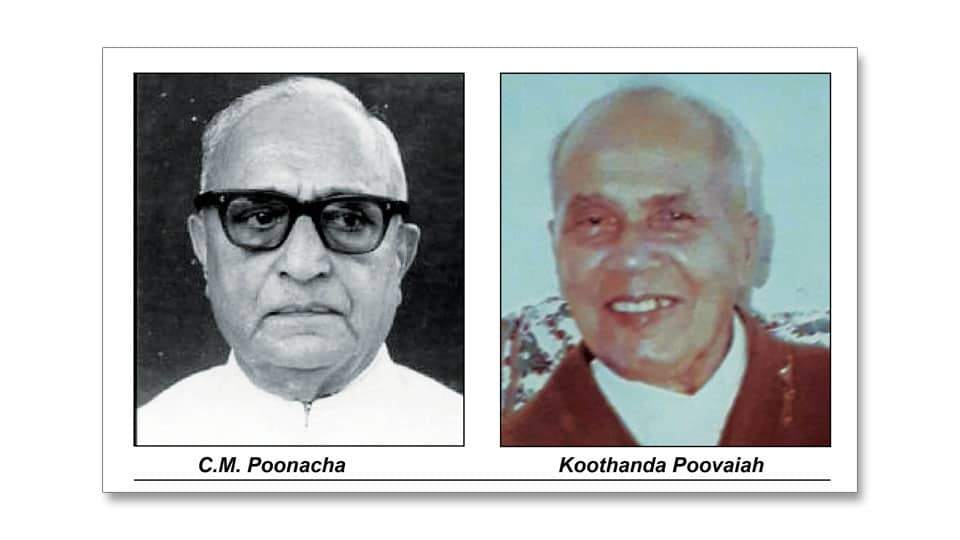
Coorg, or Kodagu, was a province of the dominion of India and was declared as a State in 1950. Daya Singh Bedi, ICS, was appointed as the Chief Commissioner of Coorg.
Just before the General elections of 1951, Coorg was offered the choice of either remaining a State or joining the Presidency of Mysore. While many Congressmen were in favour of merging Coorg with Mysore, there were some others who favoured the alternate choice.
The latter group of leaders broke away from the Congress and formed a new party with “Weighing Scales” as their symbol. They aptly named themselves the Thakkadi Party.
Pandiyanda Belliappa was the leader of the Thakkadi party and my father, Koothanda Poovaiah, also joined him. So, the election fever gripped our family as well.
My father would canvass in a jeep along with his followers in Pollibetta and Siddapur. The contest in Coorg was for 24 seats from 18 constituencies. Six constituencies were to elect two members each and the remaining 12 were single-member constituencies. There were no reserved seats, though there were 4 members from the SC category who contested under the General category. I recall that 27,947 people across Coorg voted in the elections.
While campaigning for my father, teams would visit the homes of the voters each day and collect their names and other details. My siblings and I were tasked with transferring these details to postcards which were then sent to the voters’ home addresses. These postcards were meant to identify voters on Election Day, a precursor to laminated voter identity cards of today. We enjoyed writing these postcards. I fondly remember being gifted a “Swan” pen by my father for my efforts.
Among the candidates from Siddapur were Muruvanda Machaiah and Betta Kurubara Kala. To our disappointment, our father lost the election and Muruvanda Machaiah won.
For me, it was an interesting involvement with the electoral process. Thereafter, I married into the Army and had to be content with sending postal ballots. It would be more than 30 years before I stepped into a polling booth again.
In the Coorg Assembly elections, the Congress party won 17 seats while the Thakkadi party won the remaining 7 seats. The Coorg Legislative Assembly was convened at Madikeri by the Chief Commissioner on 27 Mar 1952. Cheppudira M. Poonacha was elected as the Chief Minister of Coorg.
He also held the Finance portfolio. K. Mallappa was made the Home Minister.
The Congress party was in favour of merging Coorg with Mysore. In accordance with the States Reorganization Act 1956, Coorg ceased to be a State and was merged with Mysore on Nov 1, 1956.
While in existence, the State of Coorg sent an elected representative to the Parliament as well. Niddemane Somanna was the MP from Coorg. After the reorganization of States and subsequent delimitation of Parliamentary constituencies, Coorg and Mangalore were merged into a single constituency. More recently, Coorg was merged with Mysore LS constituency.
It is a matter of conjecture whether Kodagu and its people benefited from the historical changes brought upon it. However, its contribution towards nation-building has been significant and shall remain a matter of pride and fulfilment.
First Parliament elections
I am struck by a bout of nostalgia each time our country goes to the polls. There have been discussions about the lengthy election process this time around, consisting of seven phases and extending over four weeks.
Here, it is appropriate to recall that the first general election was conducted from Oct. 1951 to Feb. 1952, a period of six months. However, it is to be remembered that India was newly independent and conditions were very different.
The government of the day set up the Election Commission of India with Sukumar Sen, ICS, as the Chief Election Commissioner. He was given the mandate to conduct the Parliamentary election and all Assembly elections simultaneously “at the earliest”. The earliest dates proposed by Sen were between Oct. 1951 and Feb. 1952.
A massive enrollment drive was undertaken to prepare a list of the electorate. It is to be understood that in an era with rudimentary means of travel and communication, the exercise was an onerous one. The wide reach of All India Radio was utilised to create awareness about the impending elections and the importance of participating in them. As a part of the enrollment drive, volunteers and officials visited individual houses. The eligible voting age was fixed at 21 years and there was no discrimination between the sexes.
Quirky situations arose which made the task difficult. It must be remembered that 88 percent of our country was illiterate. Womenfolk were reluctant to reveal their given names and had to be coaxed to do so. Due to the overwhelmingly illiterate population, each booth had a set of ballot boxes with the party symbol pasted on them. The voter was advised to drop his ballot paper into the box of his choice; so much for a secret ballot!
Despite several handicaps, it was ensured that 45% of the registered electorate exercised their franchise by Feb. 1952.
Our country has been through 17 Parliamentary elections so far and the electoral process has been extremely streamlined. Modern ideas and technology have been employed to quell new challenges.
The modern Indian electoral process has been lauded by several countries and serves as a role-model to many of them. We should be proud of this achievement.
source: http://www.starofmysore.com / Star of Mysore / Home> News / by Shanthi Ganapathy / May 22nd, 2019


